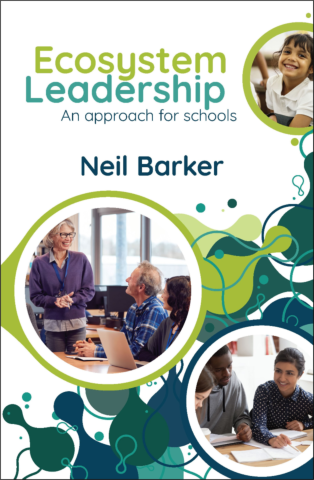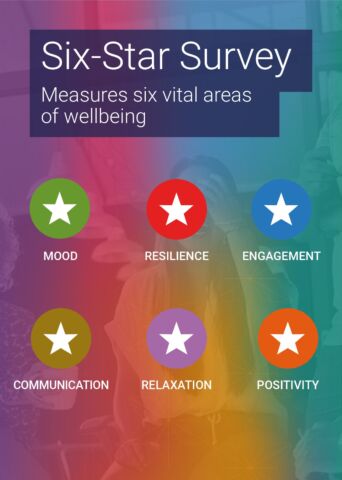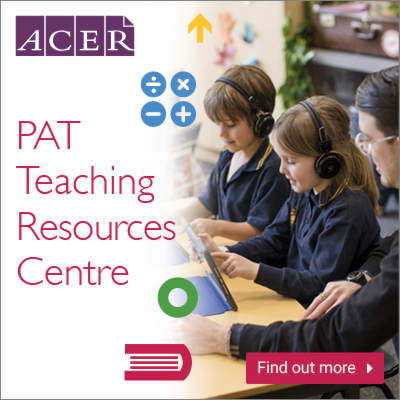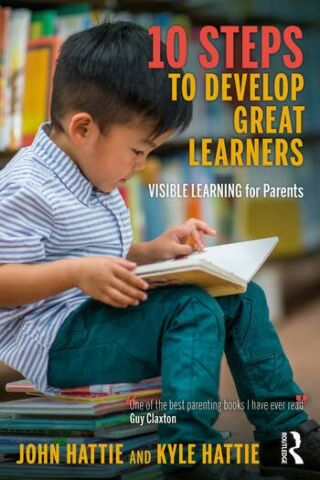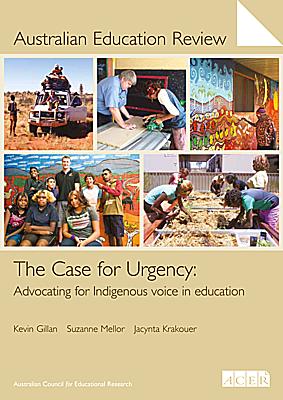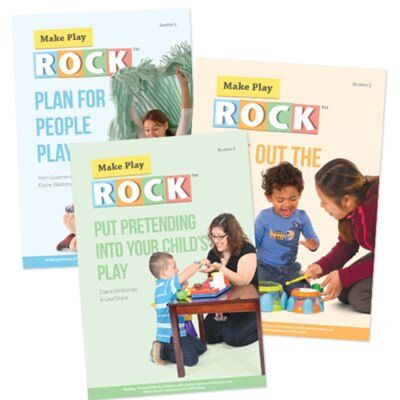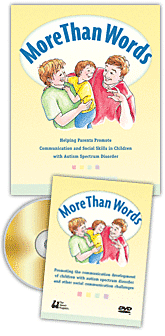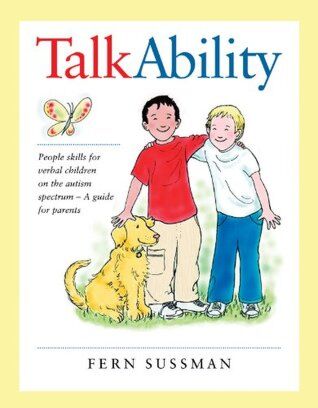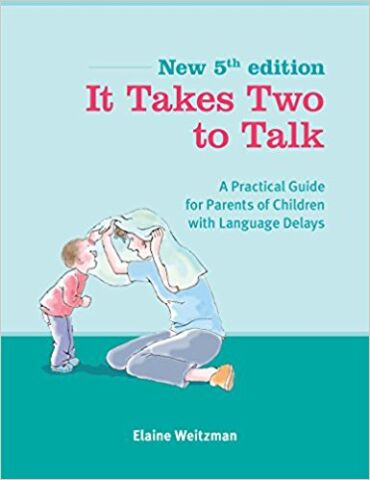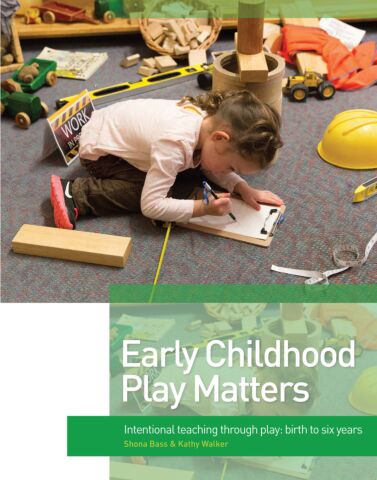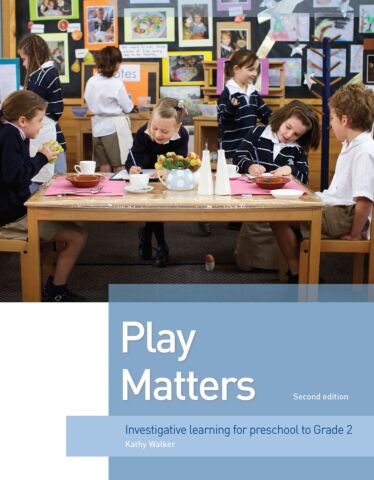- Home
- New Releases
Conners 4th Edition (Conners 4™)
Rating:0%Starting at $8.00
In stockQualification required
Conners 4th Edition (Conners 4™)
The following qualifications are required to purchase this product.- Restricted (R)
Please login or create a new account to register your qualifications. You can register within your account via My Profile > My Qualifications. For further assistance please contact ACER Sales Support Team on +61 3 9277 5656 or email sales@acer.org.
- Psychology
- Autism
- Behavioural
- Psychology
- Cognitive and Achievement
- Developmental
- Forensic Psychology
- Mental Health
- Neuropsychology
- Online Psychology Assessments
- Personality
- Emotional Intelligence
Conners 4th Edition (Conners 4™)
Rating:0%Starting at $8.00
In stockQualification required
Conners 4th Edition (Conners 4™)
The following qualifications are required to purchase this product.- Restricted (R)
Please login or create a new account to register your qualifications. You can register within your account via My Profile > My Qualifications. For further assistance please contact ACER Sales Support Team on +61 3 9277 5656 or email sales@acer.org.
- Contact
- New Releases
Conners 4th Edition (Conners 4™)
Rating:0%Starting at $8.00
In stockQualification required
Conners 4th Edition (Conners 4™)
The following qualifications are required to purchase this product.- Restricted (R)
Please login or create a new account to register your qualifications. You can register within your account via My Profile > My Qualifications. For further assistance please contact ACER Sales Support Team on +61 3 9277 5656 or email sales@acer.org.
- Teaching Practice
- Learning Areas
- Early Years
- Critical and Creative Thinking
- Direct Instruction
- General Ability
- Gifted and Talented
- Literacy
- Numeracy
- STEM
- First Nations Education
Online Cognitive Abilities Test (CogAT) & Cognitive Abilities Test (CogAT) Screening Form
Rating:0%Starting at $12.95
In stockQualification required
Online Cognitive Abilities Test (CogAT) & Cognitive Abilities Test (CogAT) Screening Form
The following qualifications are required to purchase this product.- Schools (SCH)
Please login or create a new account to register your qualifications. You can register within your account via My Profile > My Qualifications. For further assistance please contact ACER Sales Support Team on +61 3 9277 5656 or email sales@acer.org.
- Student Wellbeing
- PAT
- Parents
- Psychology
- Autism
- Behavioural
- Psychology
- Cognitive and Achievement
- Developmental
- Forensic Psychology
- Mental Health
- Neuropsychology
- Online Psychology Assessments
- Personality
- Emotional Intelligence
Conners 4th Edition (Conners 4™)
Rating:0%Starting at $8.00
In stockQualification required
Conners 4th Edition (Conners 4™)
The following qualifications are required to purchase this product.- Restricted (R)
Please login or create a new account to register your qualifications. You can register within your account via My Profile > My Qualifications. For further assistance please contact ACER Sales Support Team on +61 3 9277 5656 or email sales@acer.org.
- Special Needs
- Allied Health
- Autism Spectrum Disorder
- Counselling
- Learning Disabilities
- Occupational Therapy
- Sensory
- Social
- Speech and Language
Tests of Dyslexia (TOD™)
Rating:0%Starting at $39.00
In stockQualification required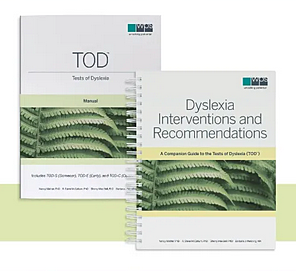
Tests of Dyslexia (TOD™)
The following qualifications are required to purchase this product.- Bachelor's Degree
- Schools (SCH)
Please login or create a new account to register your qualifications. You can register within your account via My Profile > My Qualifications. For further assistance please contact ACER Sales Support Team on +61 3 9277 5656 or email sales@acer.org.
- Organisational Development
- Careers & Development
- Emotional Intelligence
- Online Organisational Development Assessments
- Selection
- Recruitment Resources
Adult Resilience Scale
Rating:0%Starting at $32.95
In stockQualification required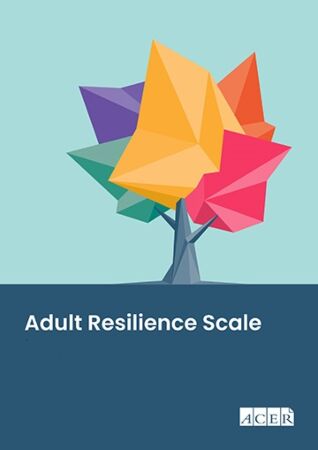
Adult Resilience Scale
The following qualifications are required to purchase this product.- Human Resources (HR)
Please login or create a new account to register your qualifications. You can register within your account via My Profile > My Qualifications. For further assistance please contact ACER Sales Support Team on +61 3 9277 5656 or email sales@acer.org.
- Professional Learning
- Research
- All CategoriesClose
Make Play R.O.C.K.
Publisher : Hanen Institute
SKU : PG_MAKEPLAYROCK
If you have a young child with autism, you may have noticed that he has difficulty learning to play. His play may be less flexible or creative than that of other children, and it may rarely involve other people.
The Make Play R.O.C.K. booklet series gives you practical, research-based strategies for expanding your child’s play skills during everyday play activities. You’ll learn powerful ways to get involved in your child’s play and help him learn while having fun together. The Make Play R.O.C.K. Booklet Series offers practical strategies for expanding the play skills of young children with autism and other communication difficulties.
Take Out the Toys and Plan for People Play are the first two booklets in the Make Play R.O.C.K. Booklet Series. Take Out the Toys focuses on expanding children’s “functional play” – the kind of early toy play that involves doing conventional or “expected” actions on toys. Plan for People Play shows parents how they can build their child’s interaction skills during “people games” (games without toys). Put Pretending into Your Child’s Play shows parents how to build their child’s pretend play skills – skills that are closely linked to the development of language, social and emotional skills.
Why is Play So Important?
Your child learns something from every play experience. When he picks up a toy train and spins its wheels, he learns that he can make things happen. When he hears you say, “That train’s wheels go round and round”, he discovers that objects and actions have names. And when he holds a toy stethoscope to his sister’s chest, pretending to be a doctor, he has a chance to experience what it feels like to be someone else.
Play skills are linked to the development of a variety of other abilities, including social skills, vocabulary, language skills, and even how to solve problems. When you help your child learn to play, you increase his opportunities to learn about himself and the world around him, and you help him discover how much fun it is to play and interact with other people.
Does Your Child Have Difficulty with Play?
Think about how your child plays now and answer these questions:
- Does your child look like he’s having fun when he plays (does he laugh and smile)?
- Does your child look at you or talk to you when he plays with a toy?
- Does your child copy what you do with toys?
- Does your child play with a variety of toys?
- Does your child play in different ways with the same toy (for example, build a tower with his blocks and pretend a block is a ball or a car)?
- Does your child like to play with other children?
If you answered “no” to any of these questions, your child might be missing out on important learning opportunities, and the Make Play R.O.C.K series may help.

